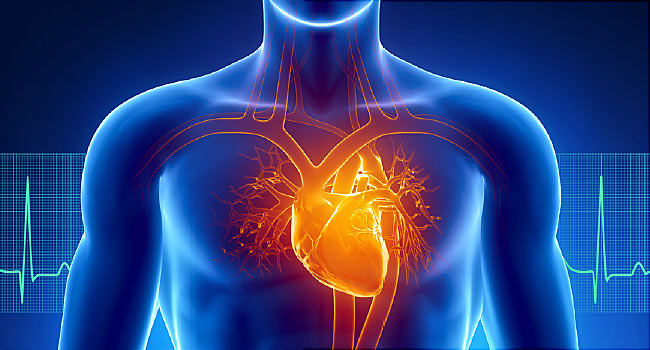AHA Releases Latest Statistics on Sudden Cardiac Arrest
Submitted by SCAFoundation on Thu, 02/01/2018 - 6:16pm
There are more than 356,000 out-of-hospital cardiac arrests (OHCA)
[1] annually in the U.S., nearly 90% of them fatal, according to the American Heart Association’s newly released
Heart Disease and Stroke Statistics - 2018 Update. According to the report, the annual incidence of EMS-assessed non-traumatic
[2] OHCA in people of any age is estimated to be 356,461.
There are a number of ongoing challenges to understanding the epidemiology of cardiac arrest in the U.S. Despite being a leading cause of death, there are currently no nationwide standards for surveillance to monitor the incidence and outcomes of cardiac arrest. Thus, registries and clinical trials are used to provide best estimates.
[3]
Following are highlights from the report:
Adults
- Estimates suggest the incidence of OHCA among adults is 347,322.
- Overall, survival to hospital admission after EMS-treated non-traumatic cardiac OHCA was 29%, with higher survival rates in public places (39.5%) and lower survival rates in homes/residences (27.5%) and nursing homes (18.2%)
- Survival to hospital discharge was 10.8% among adults (9% with good neurological function).
- Large regional variations in survival to hospital discharge (range, 3.4%-22%) and survival with functional recovery (range, 0.8%-20.1%) are observed in 132 counties in the U.S. Variations in the rates of layperson CPR explained much of this variation.
- Among adults treated by EMS, 25% had no symptoms before the onset of arrest.
- The majority of OHCA’s occur at a home or residence (68.5%), followed by public settings (21%) and nursing homes (10.5%).
- Cardiac arrest was witnessed by a bystander in 37% of cases, and an EMS provider in 12% of cases. For 51% of cases, the collapse was not witnessed.
- Among EMS-treated OHCA patients, 19.8% had an initial rhythm (Ventricular Fibrillation or Ventricular Tachycardia) that is shockable by an automated external defibrillator (AED).
- Among 10.9 million registered participants in 40 marathons and 19 half-marathons, the overall incidence of cardiac arrest was 0.54 per 100,000 participants. Those with cardiac arrests were more often male and were running a marathon versus a half-marathon. Among runners with cardiac arrest, 71% died; those who died were younger (39+9) than those who survived 49+10).
Dead is dead. And it is usually final. Don't waste time trying to get the ETI and EJ. If you can great but dont' waste time. Quality chest compressions and early defibrillation are key. Drill them and get your SGA.

